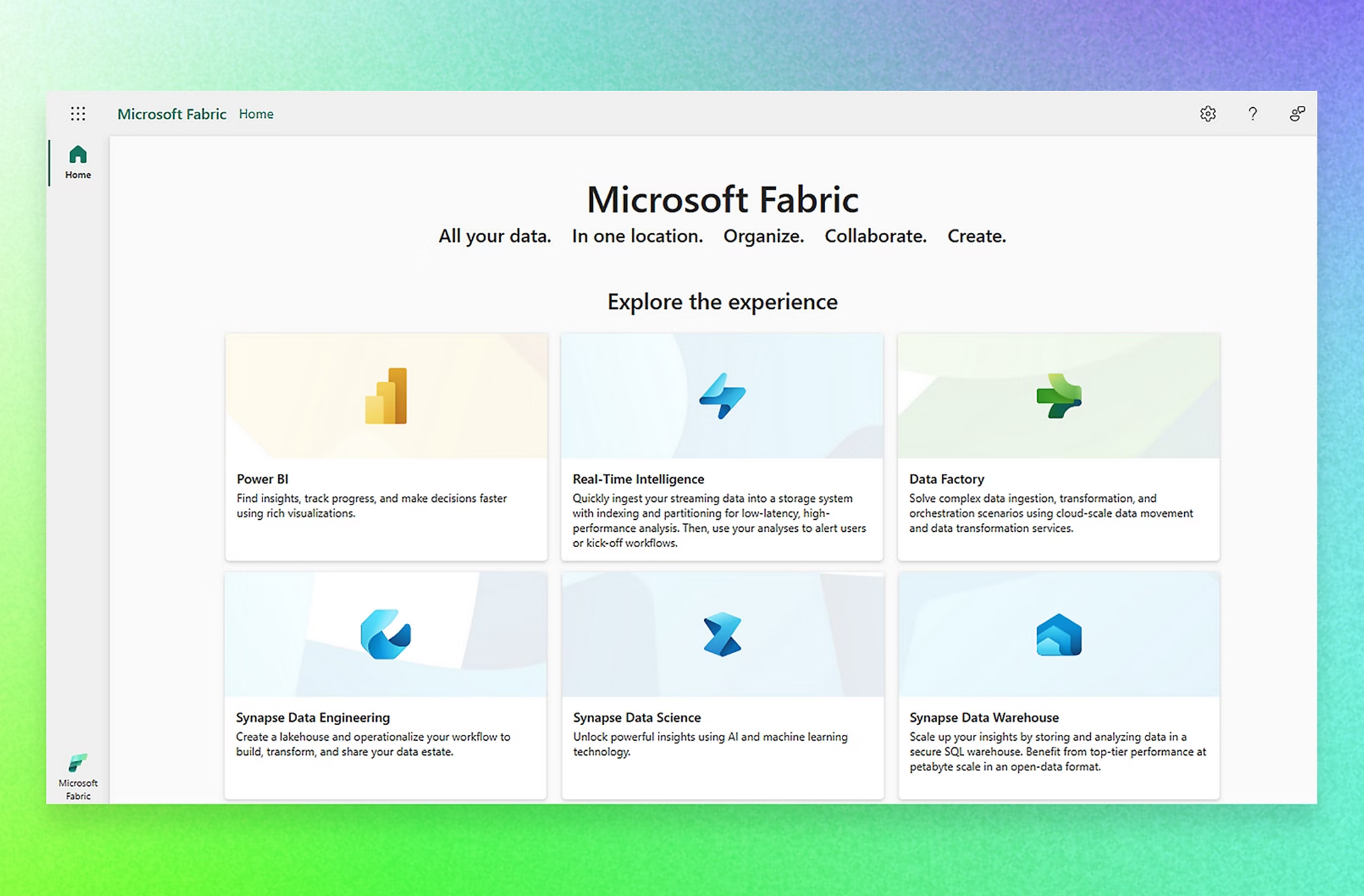
Unleashing the promise of
AI with Data Observability:
A core component of DataOps
In today’s data-driven world, the real value of data comes from its accuracy, reliability, and accessibility. Data observability – the practice of monitoring, understanding, and ensuring the health of data across its full lifecycle – is crucial for any organisation aiming to maximise the impact of its data assets through analytics or AI/ML. This practice is vital for scaling DataOps into production environments and implementing meaningful AI initiatives that go beyond spinning around within the safety confines of prototypes and proof of concepts.
This blog post explores the importance of data observability, its potential return on investment (ROI), and how to integrate it into your Azure-based data platform (A core focus of our data platform strategy blog series). We also outline common pitfalls when implementing data observability and how to avoid them.
data observability mitigates business risks by providing visibility into the health of data pipelines
Making the case for Data Observability
As organisations evolve and grow over time, their data systems become increasingly complex, involving numerous data sources, pipelines, and formats. This complexity introduces business risks and issues, such as data quality, security holes, and operational inefficiencies, which can lead to incorrect and damaging data insights or lost business opportunities.
Much like observability in DevOps to check the health of cloud and software systems, data observability mitigates business risks by providing visibility into the health of data pipelines, enabling the quick detection and resolution of problems.
Here’s why data observability really does matter:
- Building Trust in Data: Accurate, reliable data is the foundation of effective decision-making. Data observability ensures data consistency and timeliness, building trust across the organisational landscape. Hint: This is why a lot of data teams fail to gain traction and investment.
- Enhancing DataOps Efficiency: DataOps focuses on streamlining data workflows and fostering closer collaboration and working in the open practices. Data observability supports these goals by helping teams quickly identify and address data issues, thus improving efficiency.
- Maximising ROI: By preventing expensive (and potentially existential in higher risk sectors) data errors and ensuring high-quality data assets, data observability helps to optimise the return on data investments.
- Supporting AI Initiatives: AI models rely on high-quality data for accurate predictions or content generation. Data observability ensures that AI systems are fed with reliable, unbiased data, leading to better (and much safer) outcomes for users.
Integrating Data Observability into YOUR Azure Data Platform
Integrating data observability into your Azure data platform – assuming that’s your strategic direction of travel – is essential for maintaining data quality and ensuring the success of DataOps and downstream AI initiatives.
Based on insights from Microsoft’s data engineering playbook, here’s a summary of how you could implement data observability on Azure:
It does take skill, commitment, and sustained effort but good technology approaches like this have always been an immutable force in the very best engineering cultures and organisations.
- Leverage Azure’s Native Tools: Azure provides built-in capabilities for data observability, including Azure Monitor, Azure Data Factory, and Azure Synapse Analytics. These tools offer essential monitoring, diagnostics, and alerting features, helping you maintain the health of your data pipelines.
- Implement Data Lineage and Quality Monitoring: Use Azure Purview to establish comprehensive data lineage, providing visibility into data flow across your systems. This is crucial for troubleshooting and maintaining compliance. Additionally, employ Azure Monitor and Log Analytics to continuously monitor key data quality metrics like freshness, accuracy, and completeness.
- Automate Monitoring and Response: Automation is key to scaling data observability. Use Power Platform i.e., Logic Apps or Flows to automate the detection and resolution of data issues. This reduces manual intervention, accelerates issue resolution, and ensures that your observability practices can grow with your data needs.
- Continuous Improvement: This is not specific to Azure, but Data observability should be an ongoing effort. Regularly review and refine your observability practices, adapting them as your data environment evolves. This continuous improvement approach helps you stay ahead of potential data issues and maintain high data quality.
Common Data Observability mistakes and solutions
Implementing data observability properly can be challenging and takes both upfront and sustained, on-going effort (the hard yards).
Here are some of the common implementation mistakes we’ve come across in delivery and how to avoid them:
Alert Overload
Too many alerts can lead to alert fatigue, where important issues might be missed.
Solution: Prioritise alerts based on their impact and relevance, ensuring that only critical issues trigger notifications.
Neglecting Data Governance
Without strong data governance, observability efforts can become fragmented and less effective.
Solution: Align data observability with your organisation’s data governance framework to ensure consistent data quality and compliance.
Incomplete Pipeline Coverage
Overlooking parts of your data pipeline can leave critical gaps in observability.
Solution: Ensure comprehensive monitoring by mapping out your entire data pipeline and implementing observability across all stages.
Manual Processes
Relying on manual processes for monitoring and issue resolution is inefficient and error prone.
Solution: Automate as much of the observability process as possible to improve efficiency and reduce the risk of human error.
Static Observability Setup
Treating observability as a one-time project ignores the changeable nature of data environments.
Solution: Adopt a continuous monitoring and improvement approach, regularly updating observability practices as your data landscape evolves.
An alternative perspective: Data Observability is too much effort
Amongst data practitioners, there’s a debate as to whether data observability requires too much effort compared to the returns you get. This is not a dissimilar argument to doing test driven development or embracing infrastructure-as-code, monitoring, and observability as part of a DevOps approach. It does take skill, commitment, and sustained effort but good engineering approaches like this have always been an immutable force in the best engineering cultures and teams.
Our perspective is that the cost of setting up and running data observability is absolutely worth it, and there’s a clear formula to calculate its ROI. Think about the cost of data engineering teams and how much of their time gets absorbed fixing data quality issues; then think about the value of data teams shifting their focus to enabling product teams at scale; and then think about the reduced business risk, costly data quality issues and the importance of preserving trust in a world that is struggling with how to regulate AI let alone trusting it with more important use cases that could scale it beyond the prototype stage.
It can be a hard sell with some executives, but remind them that some investment decisions are only obvious after things go wrong!
Ultimately, it’s about future proofing your data investments
Data observability is a critical component of any modern data platform strategy or DataOps approach, ensuring that data remains accurate, reliable, and is ready for downstream use cases, such as fuelling AI efforts. It’s not as difficult as you might think to get started – By integrating data observability into your Azure-based data platform, you can enhance DataOps efficiency, support AI initiatives, and maximise the return on your data investments.
Just like DevOps before it, investing in data observability is not just about implementing tools – it’s about fostering a culture of continuous improvement in data management. In doing so, you’ll build a resilient, scalable data platform that drives innovation and delivers sustained business value. It might just make help bring your AI strategy to life through services that are more trustworthy and scalable.
Look beyond data observability as just a technology approach to win hearts and minds. It can be a hard sell with some executives, but remind them that some investment decisions are only obvious after things go wrong!





